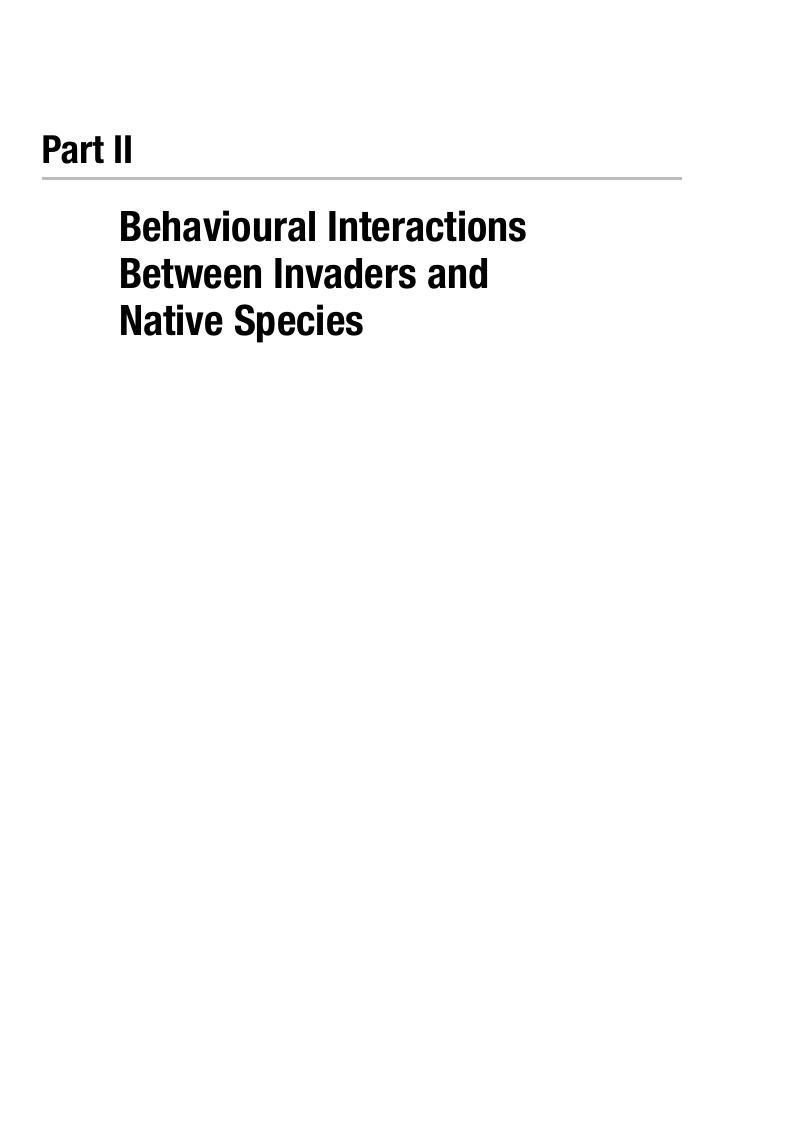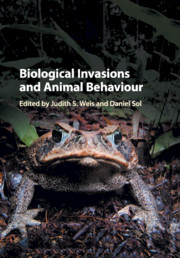Book contents
Part II - Behavioural Interactions Between Invaders and Native Species
Published online by Cambridge University Press: 27 October 2016
Summary

- Type
- Chapter
- Information
- Biological Invasions and Animal Behaviour , pp. 117 - 218Publisher: Cambridge University PressPrint publication year: 2016



